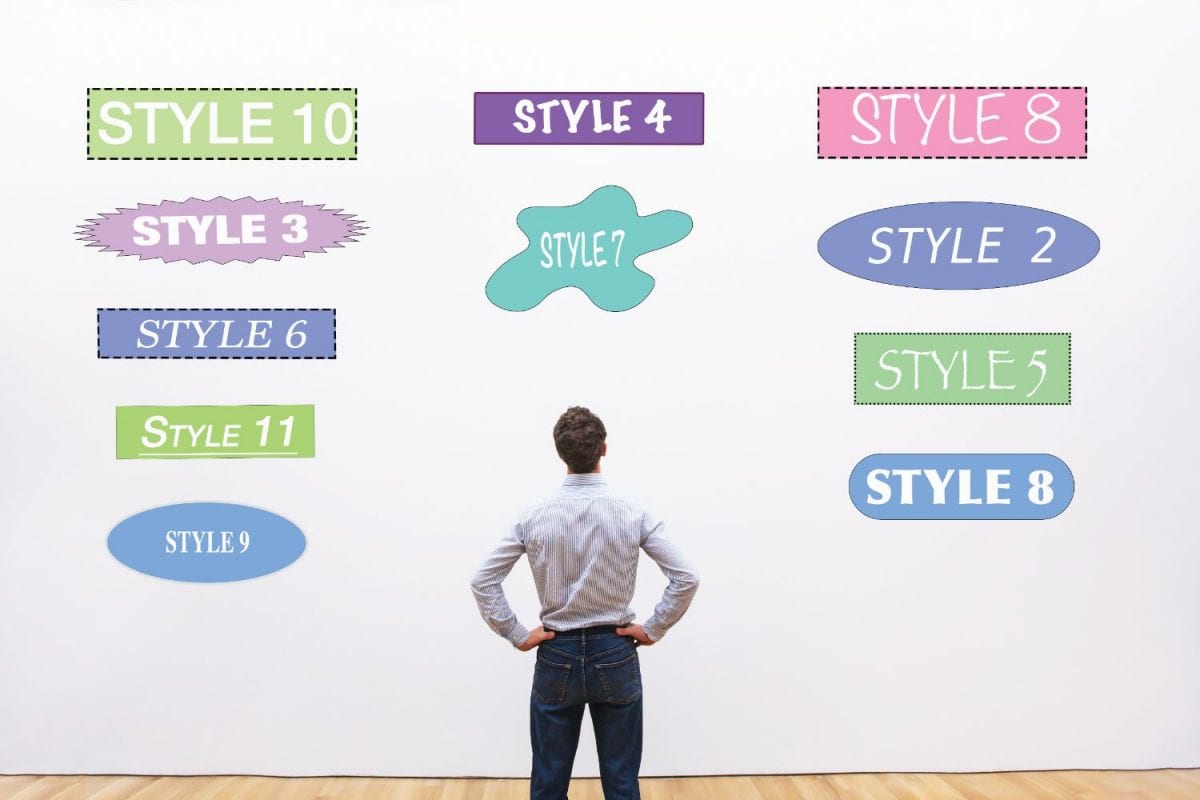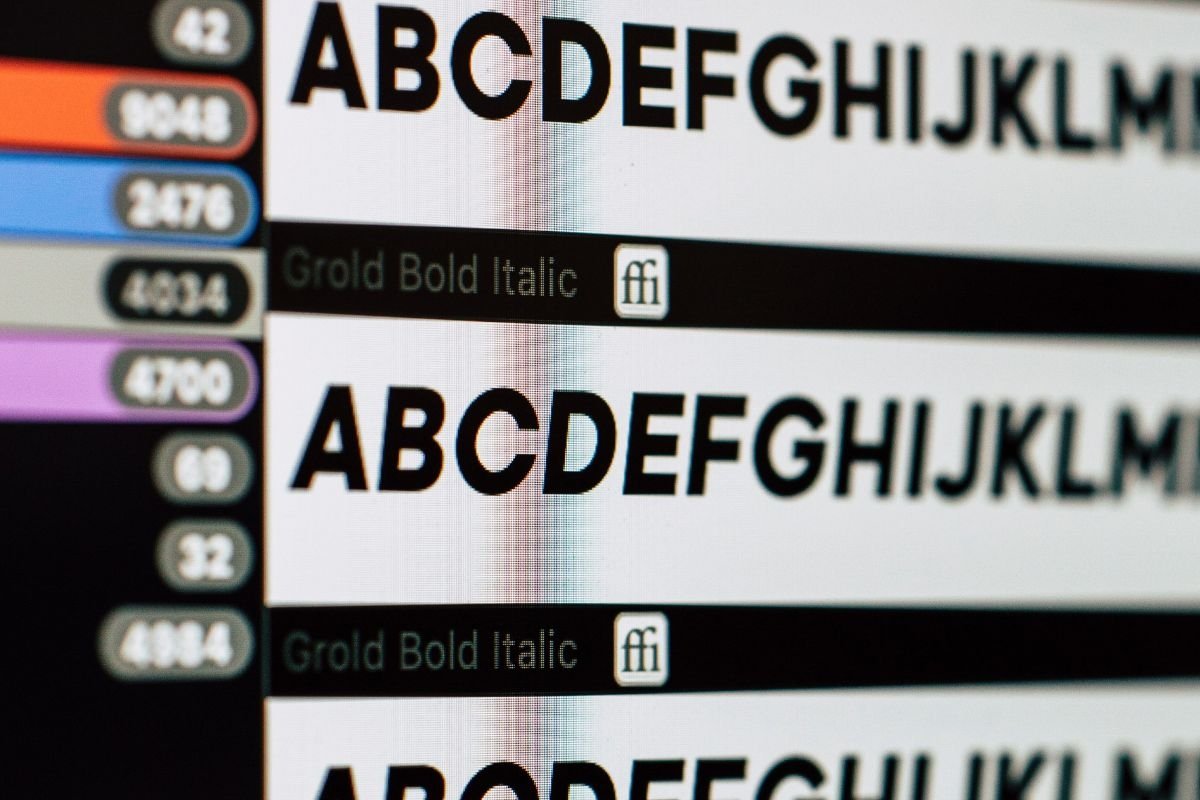Have you ever wondered which Choosing the Right Fonts for Your Website? Not sure how to set up headers, subheadings, and body content because I’m overwhelmed by all the options. Do you need assistance matching fonts but don’t want to spend a fortune? Everything you need to know about selecting and utilizing typefaces for your website is covered in this brief article.
Choosing the Right Fonts for Your Website

There are several factors to consider while designing a stunning website.
It’s normal for some components to go neglected in the midst of selecting the pixel-perfect background photos and creating an amazing color scheme. Choosing the Right Fonts for Your Website, however, is one aspect you should not ignore.
Typography is the glue that binds all the UI design components together; it is not the crowning glory of a stunning website. However, it can be difficult to decide which fonts are appropriate for a product because there are so many options accessible. We’ve put together a comprehensive guide to help you choose the ideal font for your website.
Now let’s get started!
The main categories of fonts for websites
Typography is a rich and intricate art form that encompasses everything from text alignment and spacing to aesthetics. The three primary font types—script, sans serif, and serif—should be understood. This will assist you in better understanding each and determining which fonts will work best with the general layout of your website.
Here is a brief synopsis about choosing the Right Fonts for Your Website:
-
Fonts with serifs
A serif is a little line that appears at the conclusion of a letter or symbol’s stroke. Serif typefaces are typically connected to print publishing and are regarded by many as elegant and traditional. Georgia, Bodoni, and Times New Roman are a few examples.
-
Fonts with sans serifs
Serif lines at the end of letters are absent from these fonts. Sans serif fonts are ideal for web design since they are simple, contemporary, and frequently neutral in appearance. Helvetica, the notorious Comic Sans, and Wix’s own Madefor font are a few examples.
-
Fonts for scripts
Cursive typefaces and other scripts are based on handwriting styles. Only use this style for titles because body material in script fonts may be difficult for visitors to read.
Lobster and Lucida Handwriting fonts are two examples.
Read more: 5 Ways On How To Take Control Of Your Content Marketing
Which font is most suited for a professional website?

Although there isn’t a single “most professional” typeface, Helvetica, Arial, Georgia, Times New Roman, and Calibri are a few that are typically regarded as such.
Which typeface should you stay away from using on your website?
Comic Sans is one of the most well-known typefaces that you should not use on your website. Comic Sans is not regarded as a professional font and is frequently used in children’s books and animations.
3 Things to Take Into Account When Choosing the Right Fonts for Your Website
-
Your brand
Your brand should be your first consideration when selecting typefaces for your website. If you’ve collaborated with a designer, it’s likely that they have selected web-compatible typefaces for you to utilize. It’s usually a good idea to start here.
You’ll need to select other options if your brand doesn’t have a font palette or if the typefaces you used in your logo aren’t web-compatible.
Consider your brand voice when you search for Choosing the Right Fonts for Your Website: are you professional or informal, corporate or friendly?
Because you want your typefaces to emphasize the message you’re trying to convey through your writing, graphics, and branding, this will assist you choose them.
Uncertain about which fonts are business and which are informal? Numerous resources are available to assist you without requiring you to be an expert in typographic design, but if you begin with a good list of fonts, you can usually select any one that catches your eye and create a good design.
Read more: Types of Web Hosting Services
-
Legibility

Having a font that is easy to read on the web is even more crucial than having one that complements your brand.
Many fonts used in logos, particularly script and handwritten fonts, are unreadable when writing headlines and paragraphs, therefore you will only use them as accents.
Rather, you should select a typeface that is easy to read in lengthy paragraphs, such as sans serif or clean serif. Uncertain about your decision? To see some alternatives, look at the font list below.
Since any excellent template will have readable fonts, you can start by looking at the fonts they use if you’re using a website template as a guide.
Using an extension like WhatFont for Chrome, you can also look for well-designed websites with branding that is comparable to yours and check what fonts they use. After that, you have the option of using the same fonts or locating some that are comparable but free.
Avoid using a display font for body copy at all costs. They won’t be readable at lesser sizes because they are made for headings and huge text.
Read more: Hostinger VPS setup tutorial Detailed and comprehensive
-
Adaptability
You want a typeface that offers you a lot of possibilities when selecting one. Check to see whether they have italics and several font weights (not just bold).
A font isn’t a good choice for your website if it only comes in one weight or is entirely uppercase.
Conclusion
Still unsure about Choosing the Right Fonts for Your Website?
It’s worthwhile to narrow down your options and familiarize yourself with the typefaces when Choosing the Right Fonts for Your Website. Examine each option’s whole character and style range. See how they seem in Thai or Cyrillic. Look up the designer’s biography and read about the font’s previous usage. Above all, you should not undervalue your readers’ or your own typographic requirements. You will be more prepared if a font supports a greater number of styles, characters, and scripts.
Despite its reputation, typography is a subtle craft that is easier to master. You’re ready to make wise typographic decisions if you’ve already considered how your project will be organized, its scope, and its target audience.

